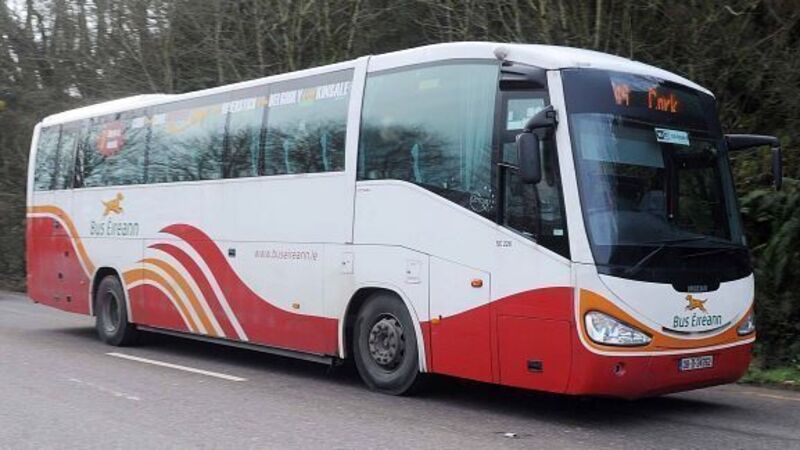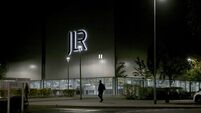Efforts to solve Bus Éireann’s financial woes were too little, too late

Attempts to shore up massive losses have simply been too little too late.
Bus Éireann, which is losing about €500,000 each day workers stay on strike, is faced with insolvency in the coming months if it cannot make €30m worth of cuts. These measures will impact on the take-home pay of employees — the nub of the current industrial dispute — and will also curtail and even end some bus routes.
















